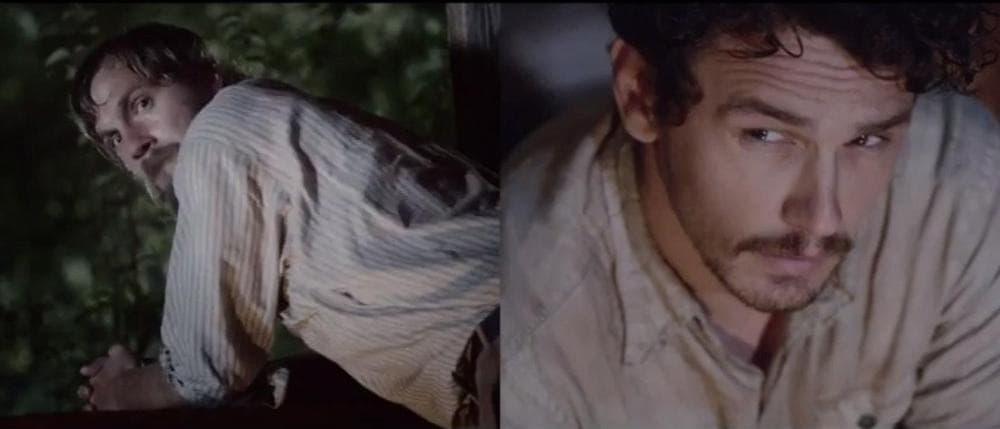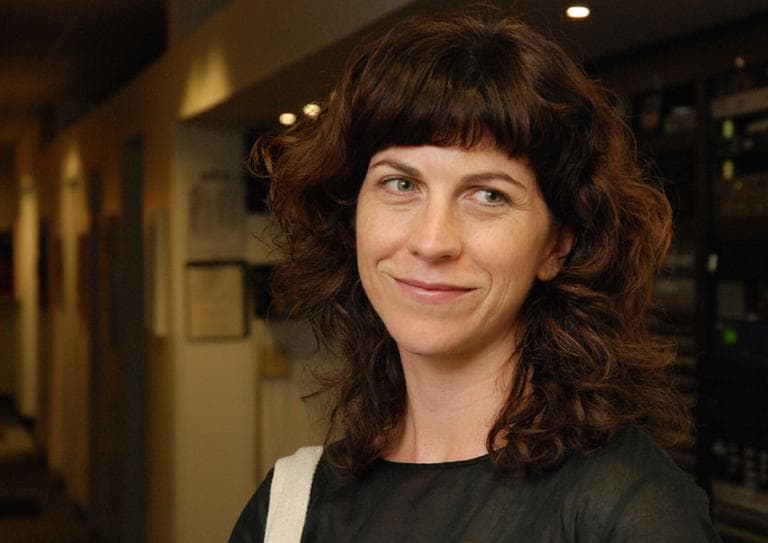Advertisement
How To Turn Complicated Books Into Movies
Resume
Later this month, James Franco’s film adaptation of William Faulkner’s "As I Lay Dying" will have a limited release in American cities.
The book is famously complicated, featuring 15 points of view, internal monologues and semi-literate narrators, so adapting the novel to the screen is an ambitious undertaking.

Screenwriters have long been adapting material that wouldn’t seem to play well on the screen with varying levels of success.
Cami DeLavigne is a screenwriter who co-wrote the critically acclaimed film "Blue Valentine" in 2010.
DeLavigne says the best screenwriters bring their own interpretation to the source material.
"The screenwriter's job is making the invisible, visible," DeLavigne told Here & Now. "A novel is not structured like a movie, so you have to give yourself liberty to make changes for stuff that really fits the cinema rather than fits the words on the page."
DeLavigne admires screenwriters like Charlie Kaufman and Stanley Kubrick because they bring new and personal takes to the source material they adapt for film.
"These are two writers who are able to bring their personalities to the movies, and that is why I love them so much," she said.
DeLavigne says that Kaufman's "Confessions of a Dangerous Mind," and Kubrick's "Lolita," are particularly good adaptations.
Guests
- Cami DeLavigne, screenwriter who co-wrote “Blue Valentine” and adjunct professor at New York University’s Tisch School of the Arts.
This segment aired on September 4, 2013.
